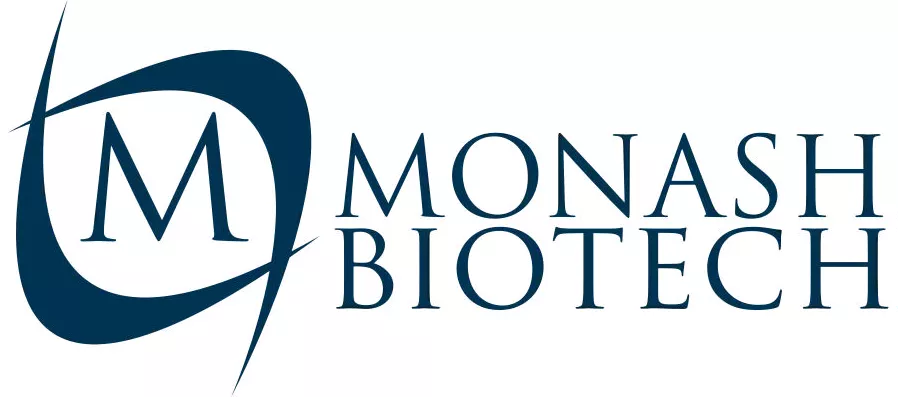What is different assisted reproductive technology ?
Different Types of Assisted Reproductive Technology (ART)
Assisted Reproductive Technology (ART) encompasses a range of techniques used to help couples conceive and have a baby when they are unable to do so naturally. Here are some of the most common types of ART:
1. In Vitro Fertilization (IVF)
This is the most widely used ART technique. Eggs are retrieved from the ovaries, fertilized with sperm in a laboratory setting, and then the resulting embryos are transferred back into the uterus.
2. Intracytoplasmic Sperm Injection (ICSI)
Used when sperm have difficulty fertilizing an egg on their own. A single sperm is injected directly into the egg, increasing the chances of fertilization.
3. Gamete Intrafallopian Transfer (GIFT)
Unfertilized eggs and sperm are transferred into the fallopian tubes, where fertilization can occur naturally.
4. Zygote Intrafallopian Transfer (ZIFT)
Eggs and sperm are fertilized in a laboratory setting, and the resulting zygotes (fertilized eggs) are transferred into the fallopian tubes.
5. Donor Egg/Sperm
This involves using donor eggs or sperm to assist in conception.
6. Surrogacy
A woman carries a pregnancy for another couple.
7. Frozen Embryo Transfer (FET)
Previously frozen embryos are thawed and transferred into the uterus.
8. Preimplantation Genetic Diagnosis (PGD)
Embryos are tested for genetic diseases before transfer, allowing couples to select a healthy embryo.
The choice of ART procedure depends on various factors, including the underlying cause of infertility, the couple's medical history, and their personal preferences. It's essential to consult with a fertility specialist to determine the most appropriate ART technique for your individual situation.
Holding Micropipette

Chat with us
We’d love to talk to you.
Our Products
Blastomere Biopsy Micropipettes
Holding Micropipettes
Injection Micropipettes
Polar Body Biopsy Micropipettes
Trophectoderm Biopsy Micropipettes Bevelled
Trophectoderm Biopsy Micropipettes Flat
Support
Customer Support
Frequently Asked Questions
Chat on WhatsApp
Chat on FaceBook Messenger
Helpful Resources
Privacy Policy
Please note that the 3D models displayed on this website are for illustrative purposes only. Actual product dimensions, colors, and finishes may vary. These models should not be considered a precise or guaranteed representation of the final product.
© 2025 Monash Biotech. All Rights Reserved.
Designed & Developed by Goafreet Company


